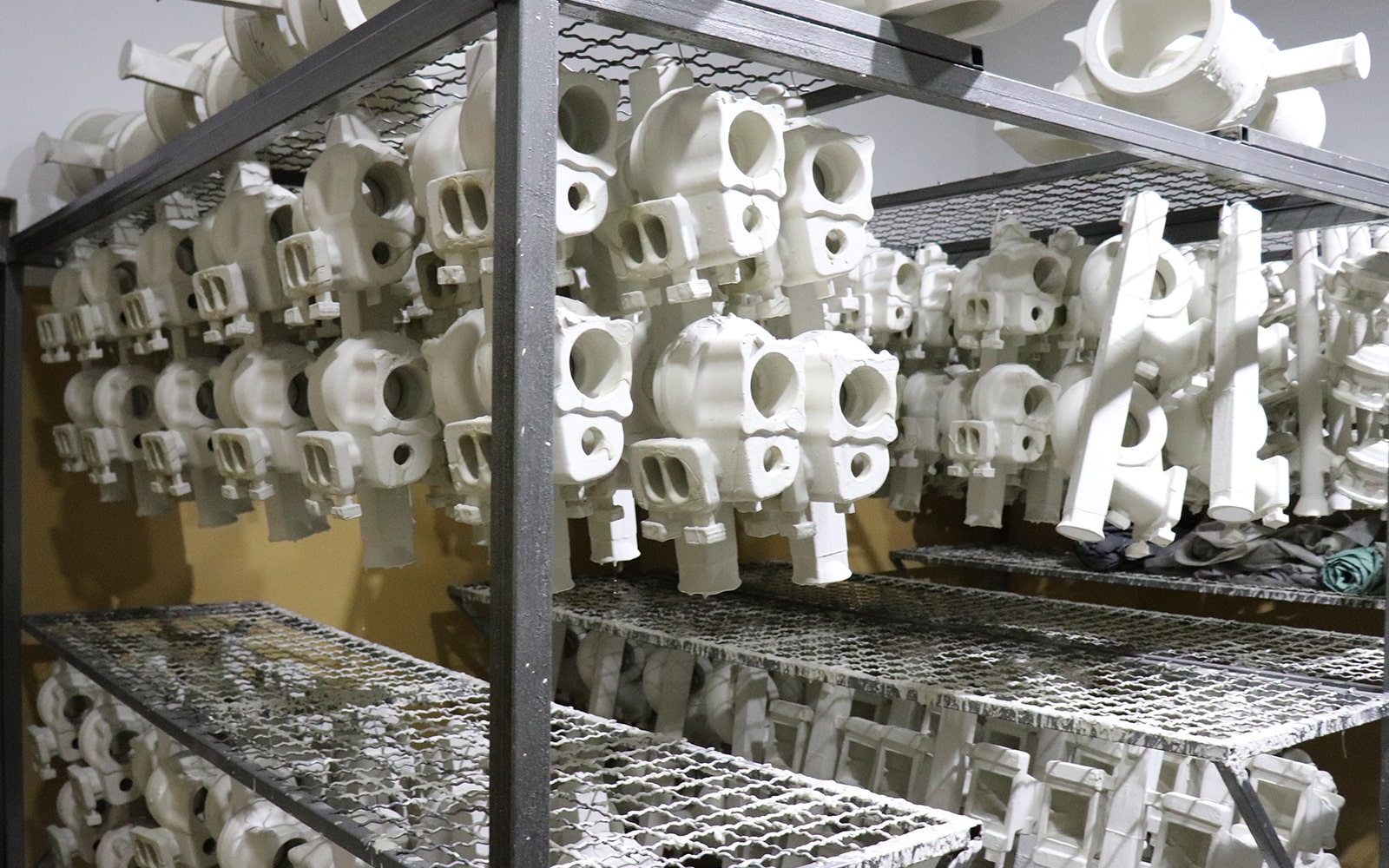Non-stick coating for form
Non-stick coatings, as a rule, are suspensions-dispersion structures that include a refractory filler (base), a binder, a suspensing agent, a solvent (water or organic liquid) and auxiliary components that ensure the production of systems with specified technological properties (for example, diluents, wetting agents, antiseptics).
Properties of non-stick coating
The non-stick coating (NSC) for forms must have:
- high resistance to thermal loads to prevent contact with the molding compound and the casting (the so-called "prigara" defect»);
- high gas permeability;
- good adhesion properties to the form.
In the production of forms, a self-made water-based NSC is used. The presence of certain components allows the coating to be used in different thermal ranges of casting alloys (from non-ferrous ferrous alloys, including high-carbon steel).
Preparation of NSC is carried out using a mixer. Mixing the components with the addition of water, a homogeneous suspension is brought to a certain viscosity, depending on the further pouring of the type of melt.
The application of a non-stick coating on the form is carried out manually by dipping and watering the model itself.
Applying a non-stick coating to the form is carried out manually by dipping and watering the model itself.
- the first method-separate, typical for models of complex configuration, is used when applying PU foam to the model itself without a gating-feeding system (GFS).
- the second method of applying NSC is applied to relatively simple geometric models that are painted directly collected from the gating and feeding system (model bushes/blocks).
The painted model forms are sent to the drying chamber.

Drying is carried out with an air heat flow. The increased strength properties of the model block, as well as the properties required for the NSC, are achieved with complete drying.
